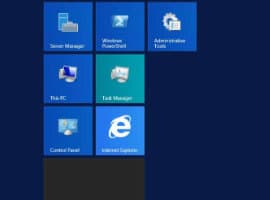Today I got a request to create a Document of all Custom Solutions in every WebApp in a SharePoint farm. – That’s a handy document if you are going to upgrade to 2016/2013 I must say.

The data they needed wasSolutionName,ID,Deploymentstatus, Web-App and associatedApplication Pool.
And by all means there are many PowerShell ways to Rome, I tried some of them and this approach is the one I ended up doing.
The Script
I figured the way to get there is by the use of PowerShell, (or I must say the only way is PS J)
-I didn’t find any 3.party tool that nailed it so I did a PS script with4 steps, this I ran from inside SharePoint PowerShell ISE on the WFE server:
STEP 1:

– INFO Step 1: Get-SPSolution small and simple, yet nice to run first so that I can append more txt in the txt file later on. The Out-File looks like this:

STEP 2:

– INFO step 2: Here I write to host all deployed Solutions and their DisplayName -result is added to the same txt file that we created in step 1. and looks like this:

STEP 3:
![]()
INFO step 3: The Get-SPUserSolution cmdlet returns a specified sandboxed solution. If the Identity parameter is not specified, this cmdlet returns the collection of sandboxed solutions in the site collection. A user solution is a sandboxed solution. Also notice; I append the result to the same txt file as for step 1 and 2,
STEP 4:

INFO step 4: A more complicated script; first I started up with a log function and tried to add the result inside the .txt file from previous steps, but it messed up the file (especially if I ran things several times). I ended up write-host and a simple copy-paste inside the .txt file to do the trick.

The .txt file

– For better look and feel just copy to Word and Style it up J
Next step is to remove the Custom Solutions from the Solution store, or we can take action on one by one of them. Stay tuned for a blog post on that.
This script will work on SP2010, and 2013, you can also run it over and over again to document changes.
Happy Custom Solutions Documentation!
Best regards
Thorbjørn Værp
To Access the Script noted in this blog please Click Here












